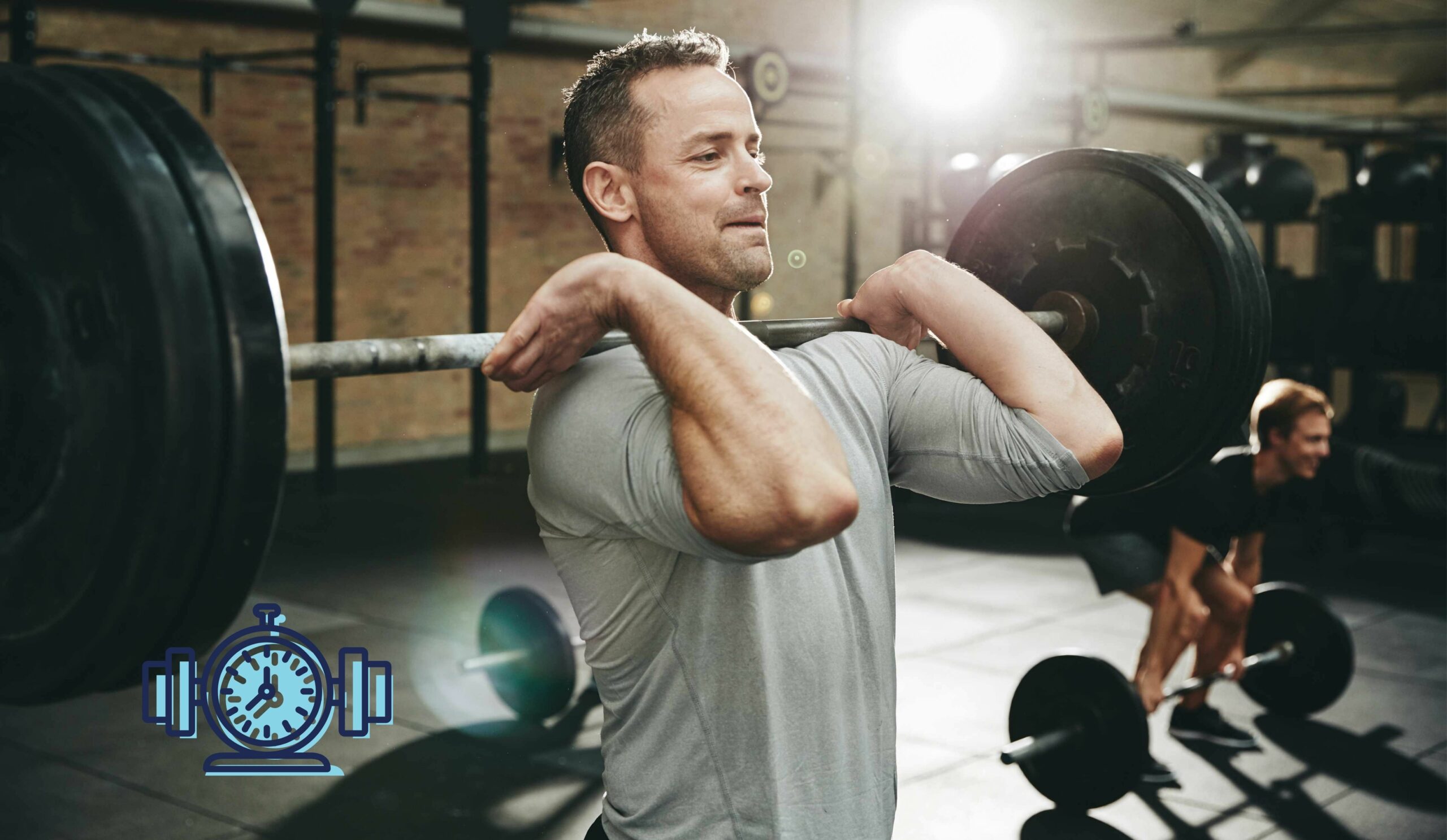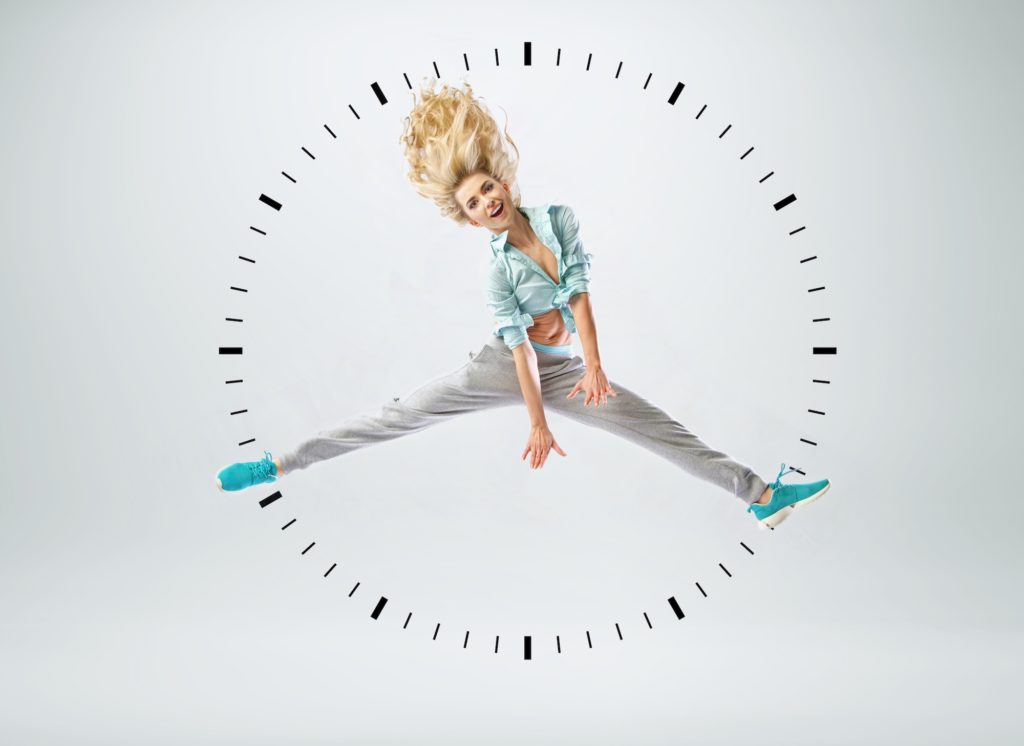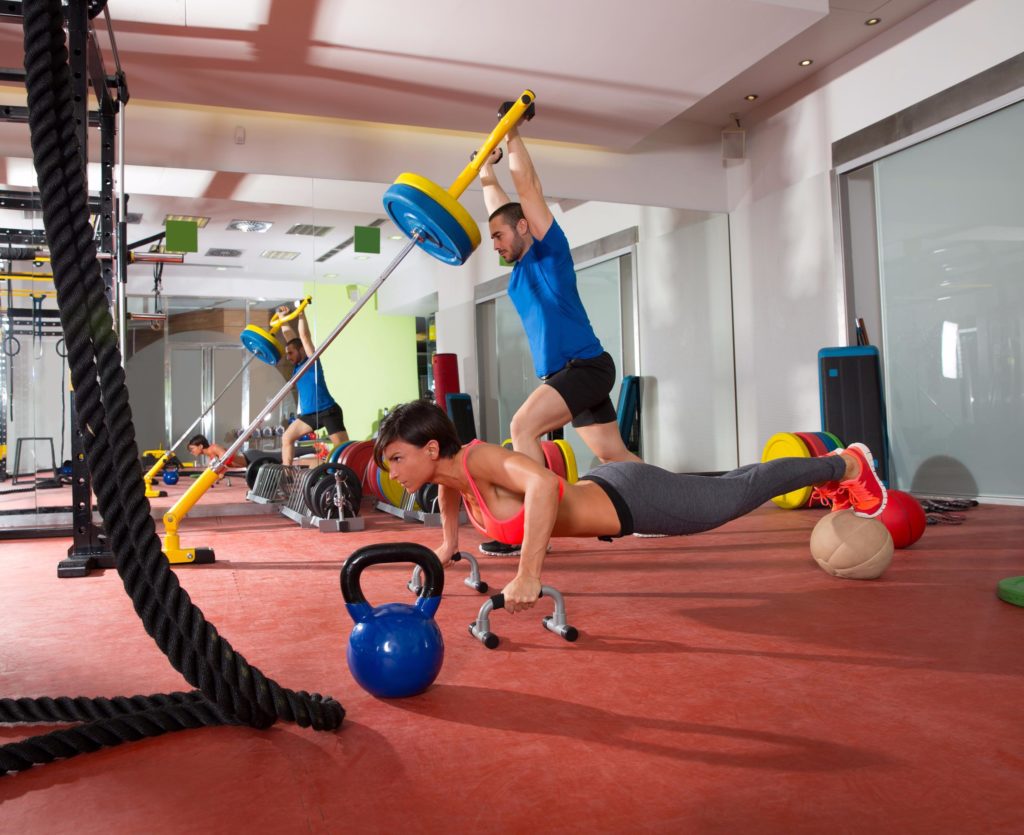Biorhythm and the optimal time for fitness and sport

Your performance fluctuates by a whopping 26 percent over the day. Of course, this has an influence on your fitness training. Because there are times of day when you are in excellent shape and others when you should instead rest. If you pay attention to your biorhythm during your workout, you can train more effectively.
Your performance fluctuates by 26 Percent
They turn us on and off like battery-powered toys. They make us start the day with high pulse and blood pressure and put us to sleep when we need our body’s energy for more important things. In every cell, a person carries an internal clock with him. They organize our organs’ shift work and take care that food is sorted and processed at fixed times. In addition, they decide when we are exceptionally efficient in sports. According to a British study, performance varies by 26 percent during the day. This naturally has an influence on training.
Special genes influence the performance
Our chronobiological control center is located in the brain. He has the unpronounceable name suprachiasmatic nucleus, or SCN. These are two brain nuclei the size of a grain of rice, located directly above the optic nerve, and have a variety of functions:
- By releasing hormones such as melatonin, serotonin, and cortisol they influence all-important body processes.
- In the evening, they flood the organism with the sleep hormone melatonin and thus ensure nightly peace and quiet.
- In the morning it is the stress hormones serotonin and cortisol that wake us up.
- The clock genes also influence blood pressure, heart rate, body temperature, and all other hormones.

We all obey the biological alarm clock
The so-called circadian, i.e., daily rhythms, have the most significant influence. Chronobiologists call ultradian rhythms those processes that repeat themselves within a day. They regulate mental, physical, and emotional functions. Thus every 90 minutes, there is a phase of fatigue. Even the most ambitious workaholic will stop everything, get a coffee, go to the toilet or chat with colleagues. Without realizing it, we all obey the biological alarm clock in our brains.
Biorhythms, owls and larks
However, the clocks tick a little differently for each person. Anyone already awake before the alarm clock rings are in top shape in the morning and weakens in the evening is a lark. About 20 percent of all humans belong to this species. Anyone who hardly gets out of bed in the morning and runs at full speed in the evening is an owl. About 30 percent of all people are owls. The whole thing is genetically determined, and numerous studies prove: Those who live with the rhythms are more comfortable and productive.
The daily routine for the remaining 50 percent
- 6 a.m.: The body stops producing the sleep hormone melatonin and prepares the body to wake up. Strange: At this time most babies are born.
- 7 a.m.: In addition to the stimulating hormone cortisol, the sex hormones are now also active. The desire for sex is therefore particularly great.
- 8 a.m.: The digestive system is running at full speed, the best time for a good breakfast. Food is now not so easily stored in fat cells.
- 10 a.m.: The best time for mental activity. The short-term memory works better than at any other time. Even athletic performance reaches its first peak, which lasts until around noon.
- 12 noon: The stomach prepares for lunch, the mental capacity drops rapidly. A short break or even a nap would be ideal now. Until about 2 p.m., everything runs on a low flame.
- 2 p.m.: Slowly but surely, body and brain get going again.
- 4 p.m.: The second mental peak. Body temperature, blood pressure and heart rate rise.
- 5 p.m.: All cells of the body are optimally supplied with oxygen. From now until about 8:00 p. m. is the best time for a fitness program.
- 8 p.m.: Slowly the body adjusts to rest again. First waves of the sleep hormone melatonin are released.
- 10 p.m.: Most of the metabolic organs are at rest, but only if the dinner was not too opulent. The immune system heralds a longer phase of regeneration.

Biorhythm and the best time for training
But what to do with this information about biorhythm and sports? I am aware that many people cannot do fitness because of their professional situation when their body is actually best suited for it. Nevertheless, here is the most essential information that scientific studies have revealed in recent years:
- Aerobic endurance: Probably the best news. The typical biorhythmic fluctuations have virtually no influence on aerobic performance. So you can go for a relaxed run, bike, swim, inline skating, or cross-country skiing at practically any time of day.
- Anaerobic performance: The best time to work out, whether through interval training or Crossfit or other functional fitness training forms, is between 6 p.m. and 8 p.m.
- Strength training: Here it looks a little different. According to studies, the best results are surprisingly achieved between 7 and 9 pm.
- Coordination: It is best trained between 16 and 20 o’clock.